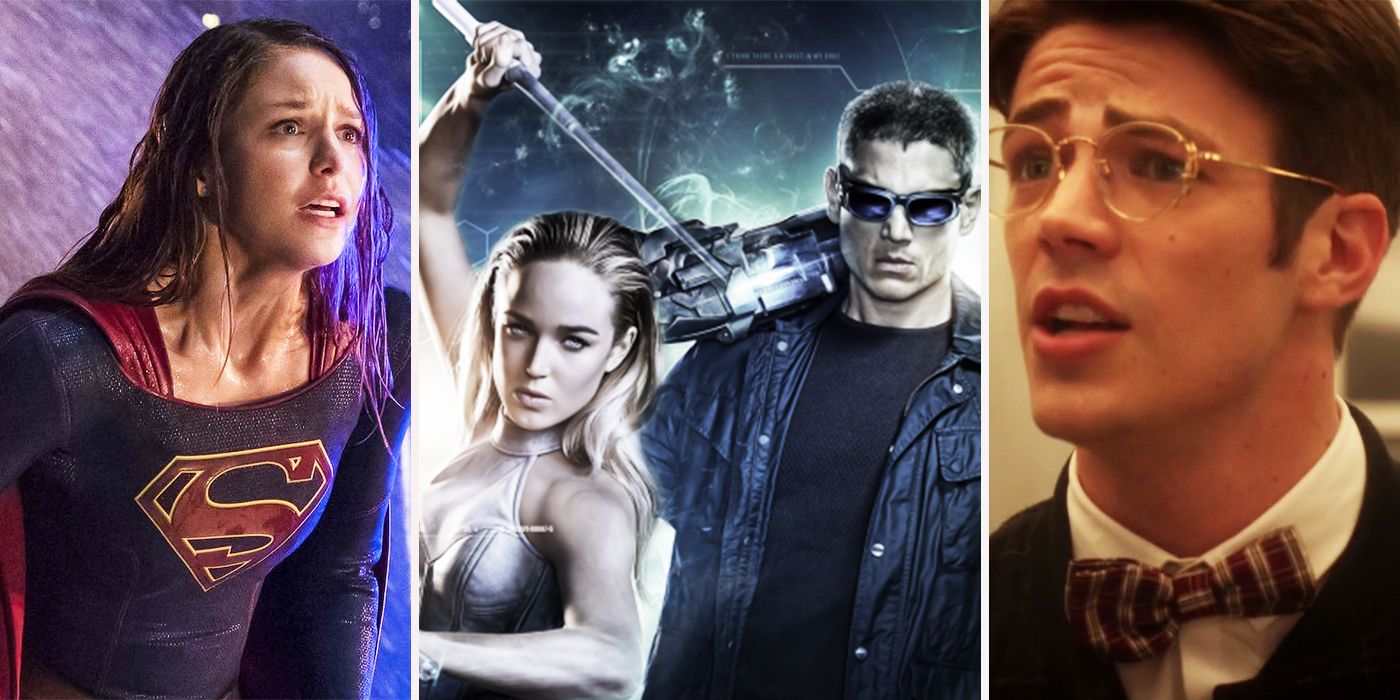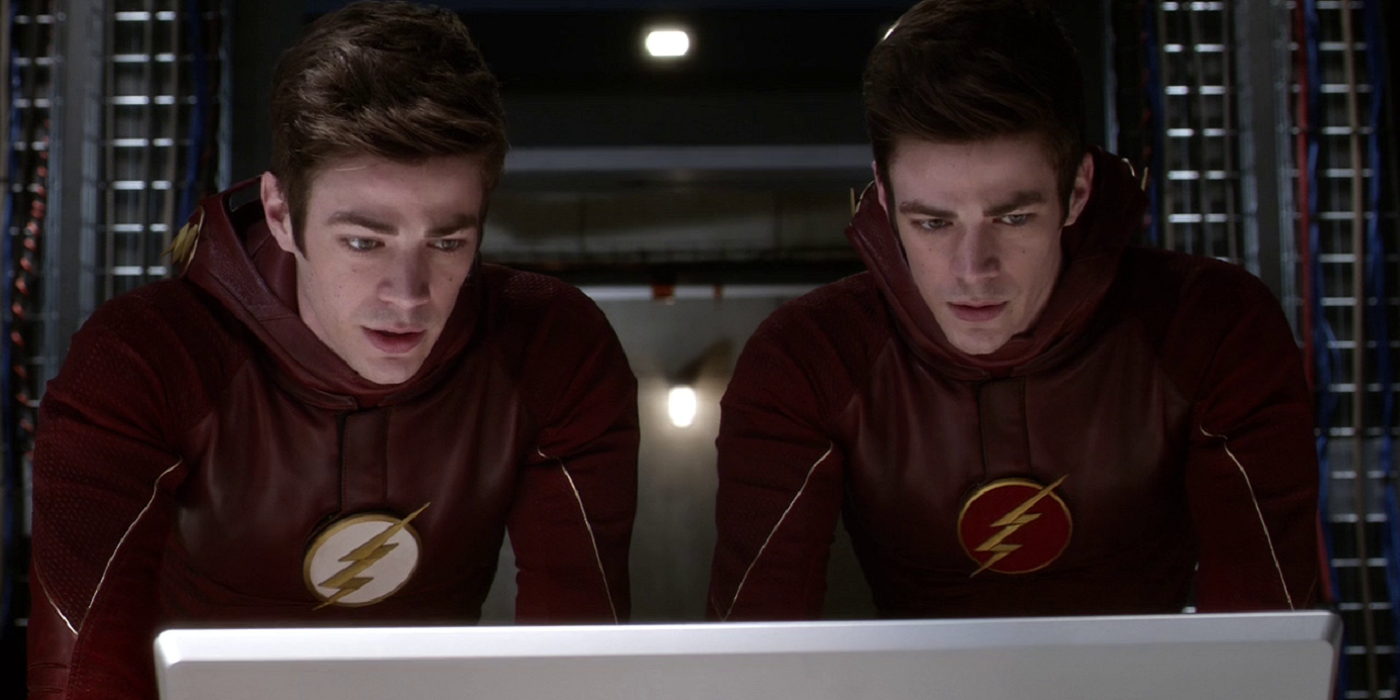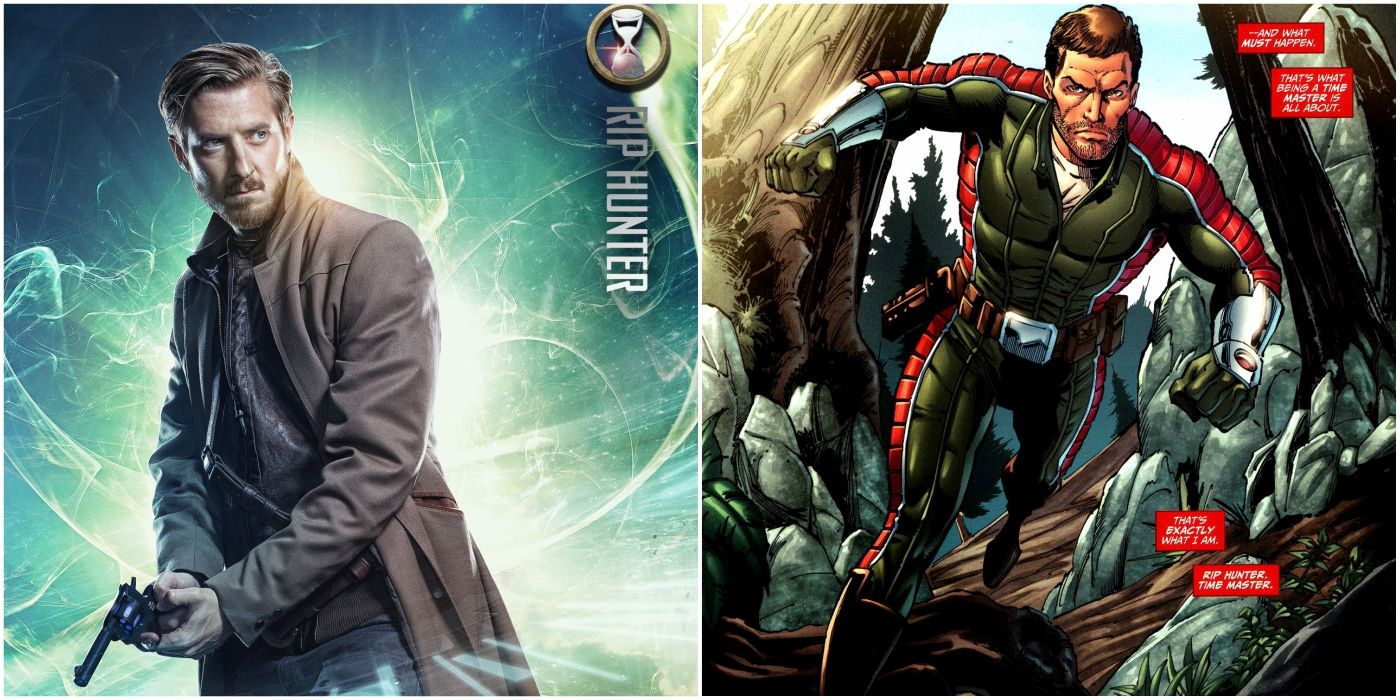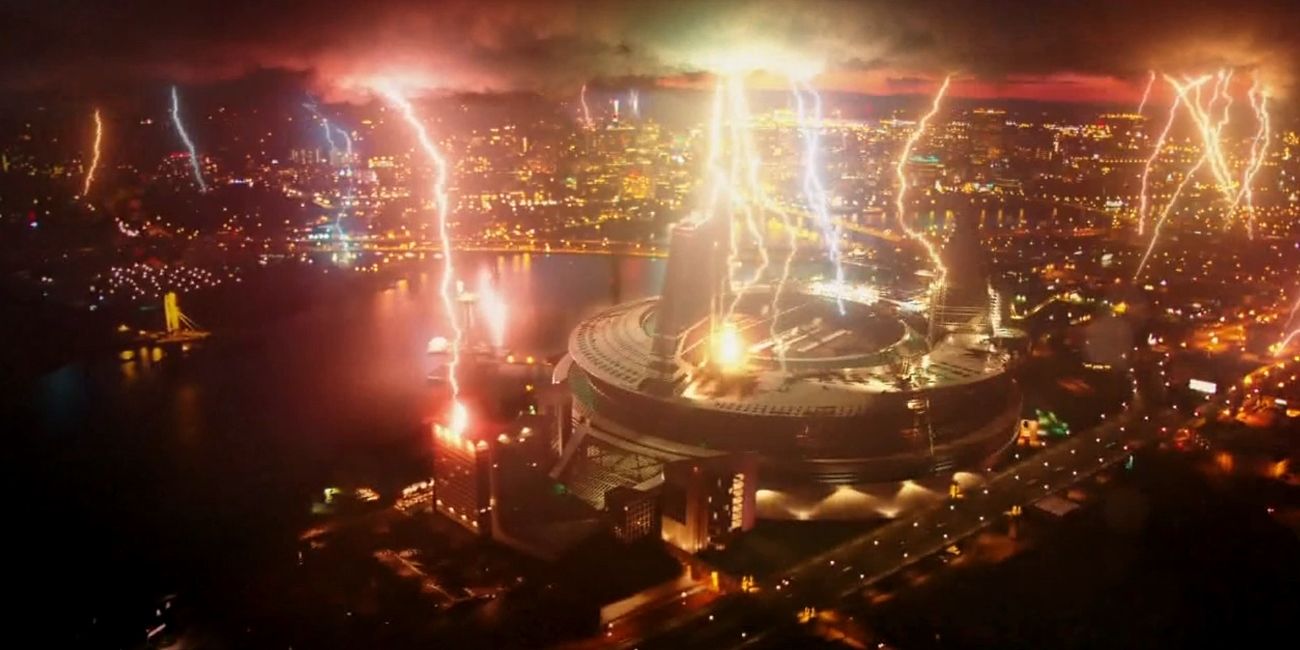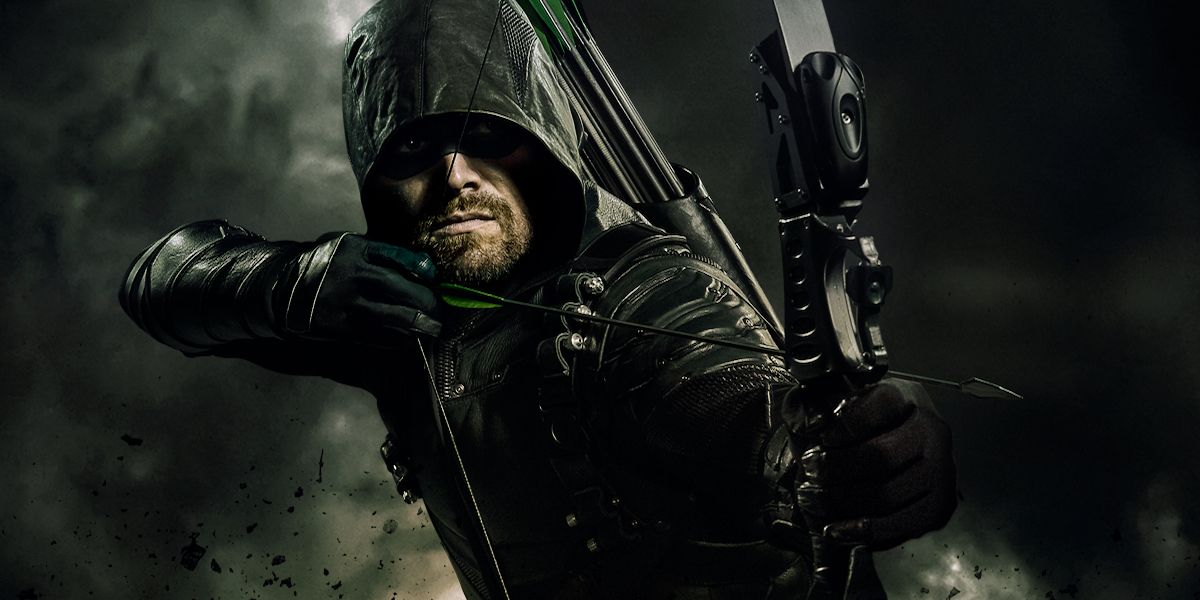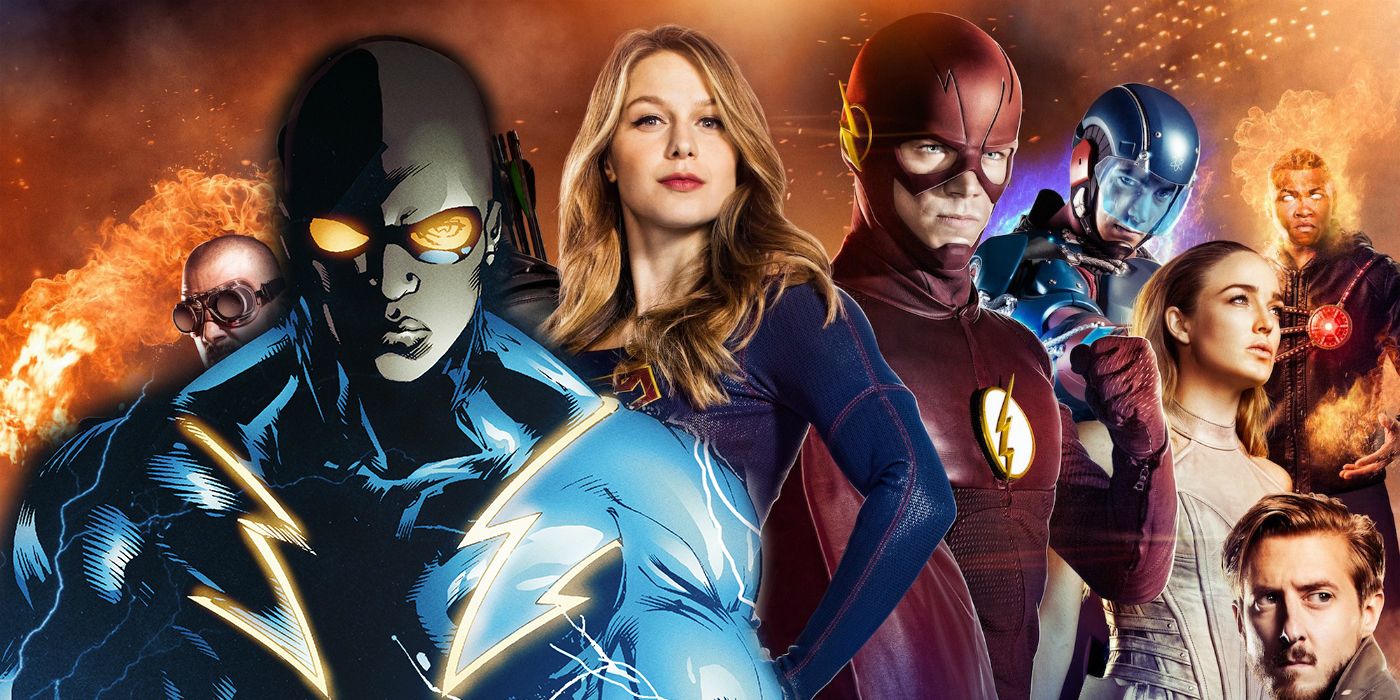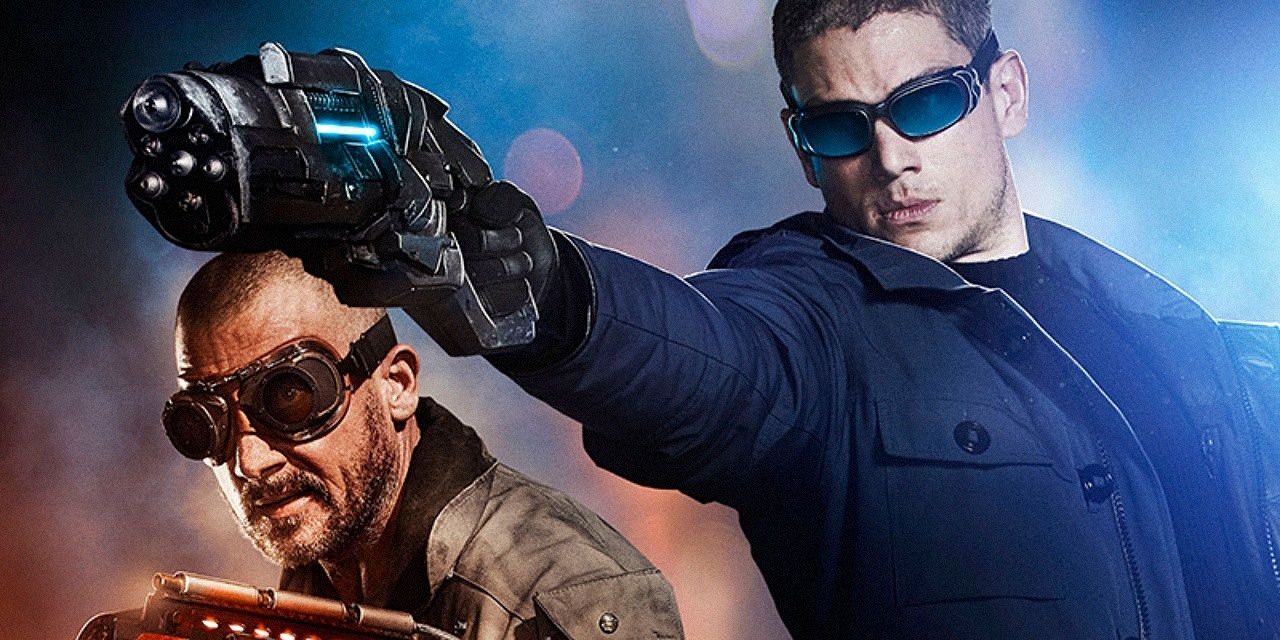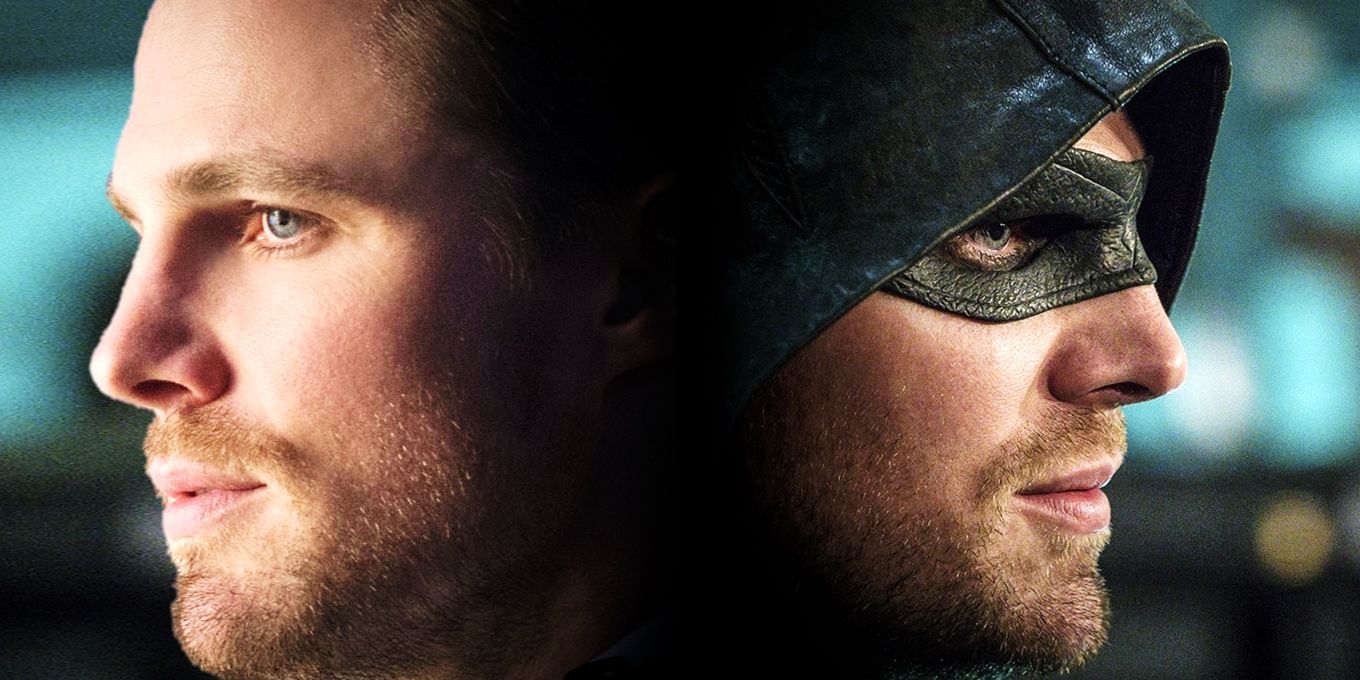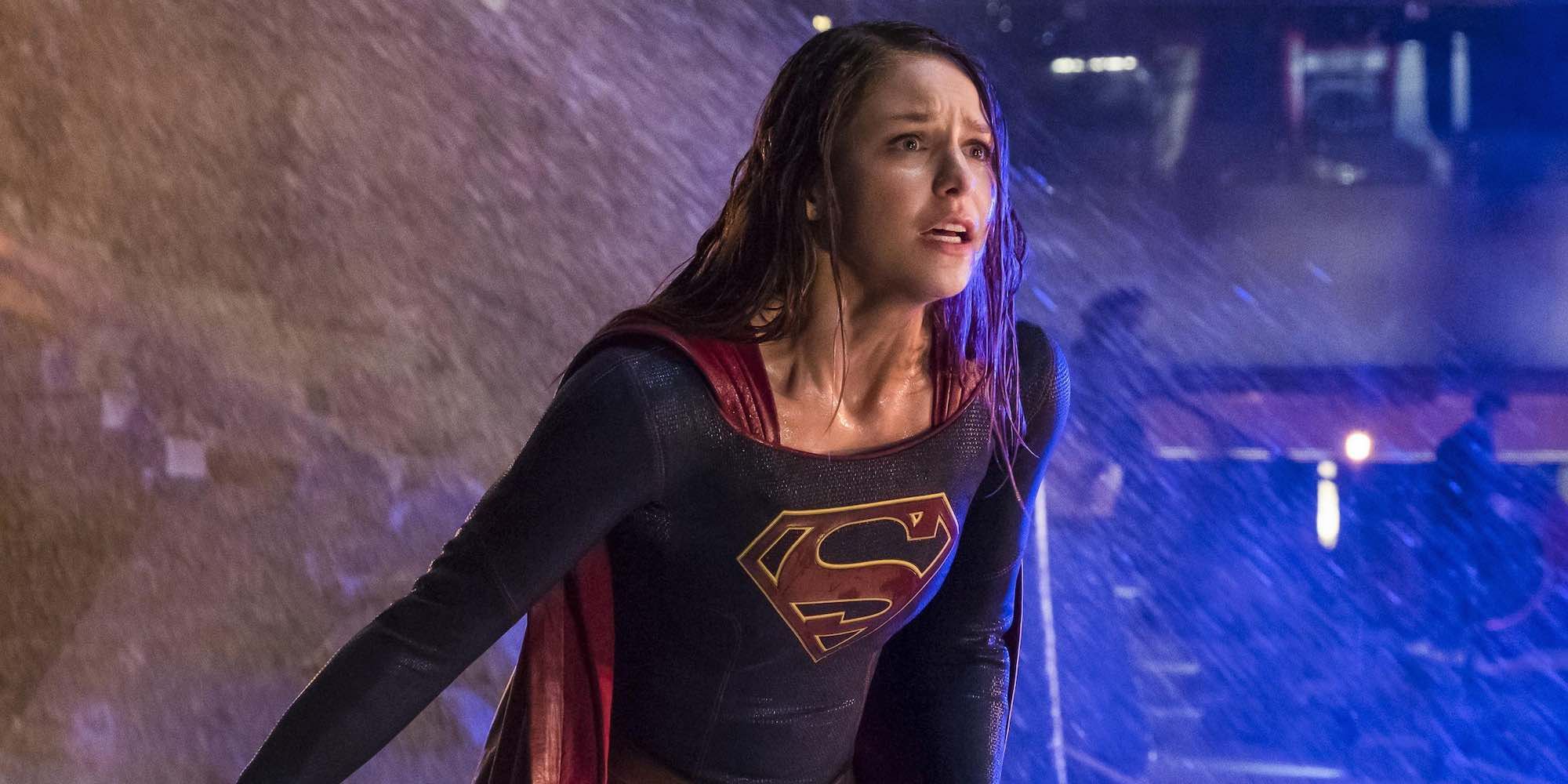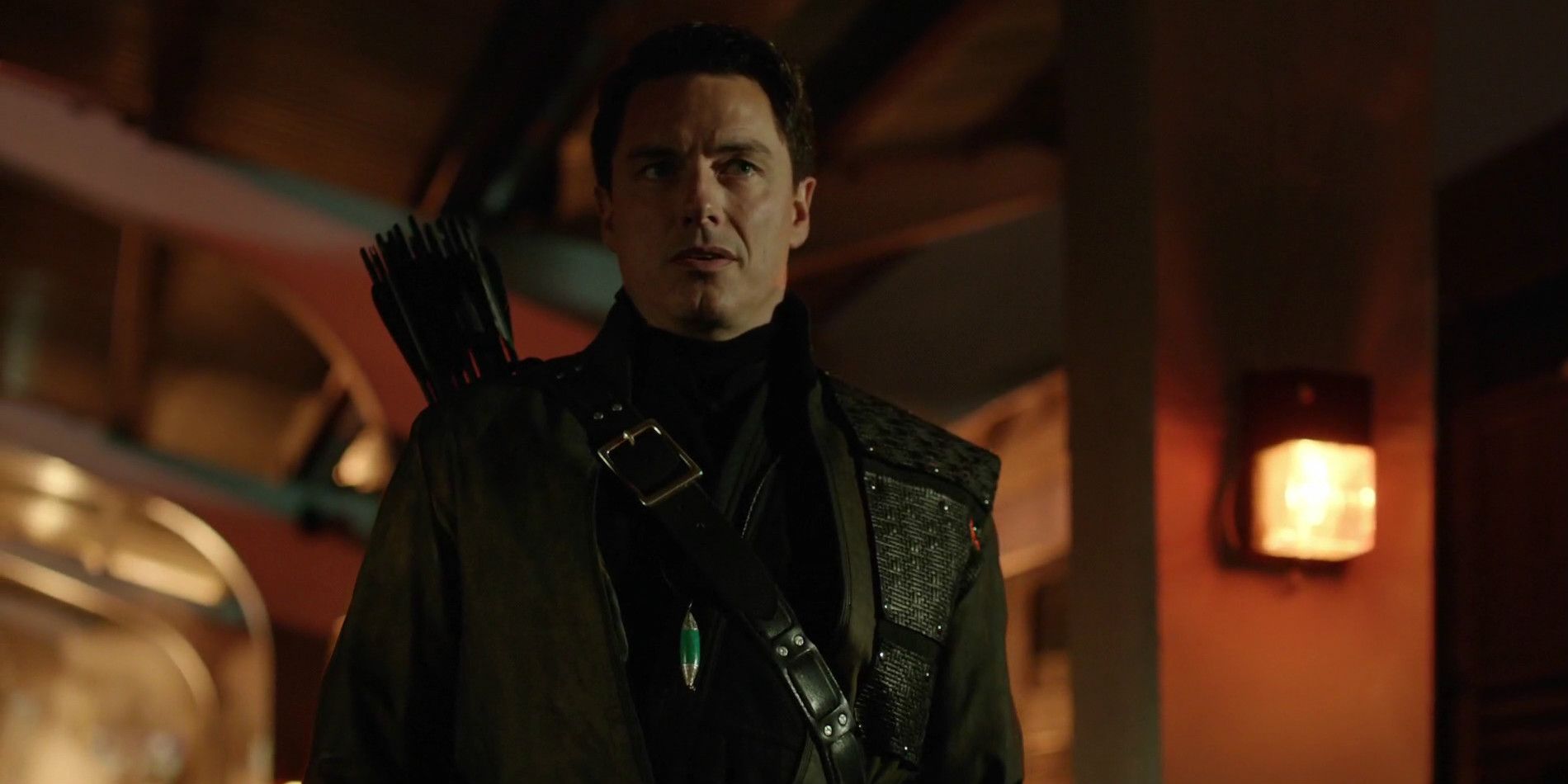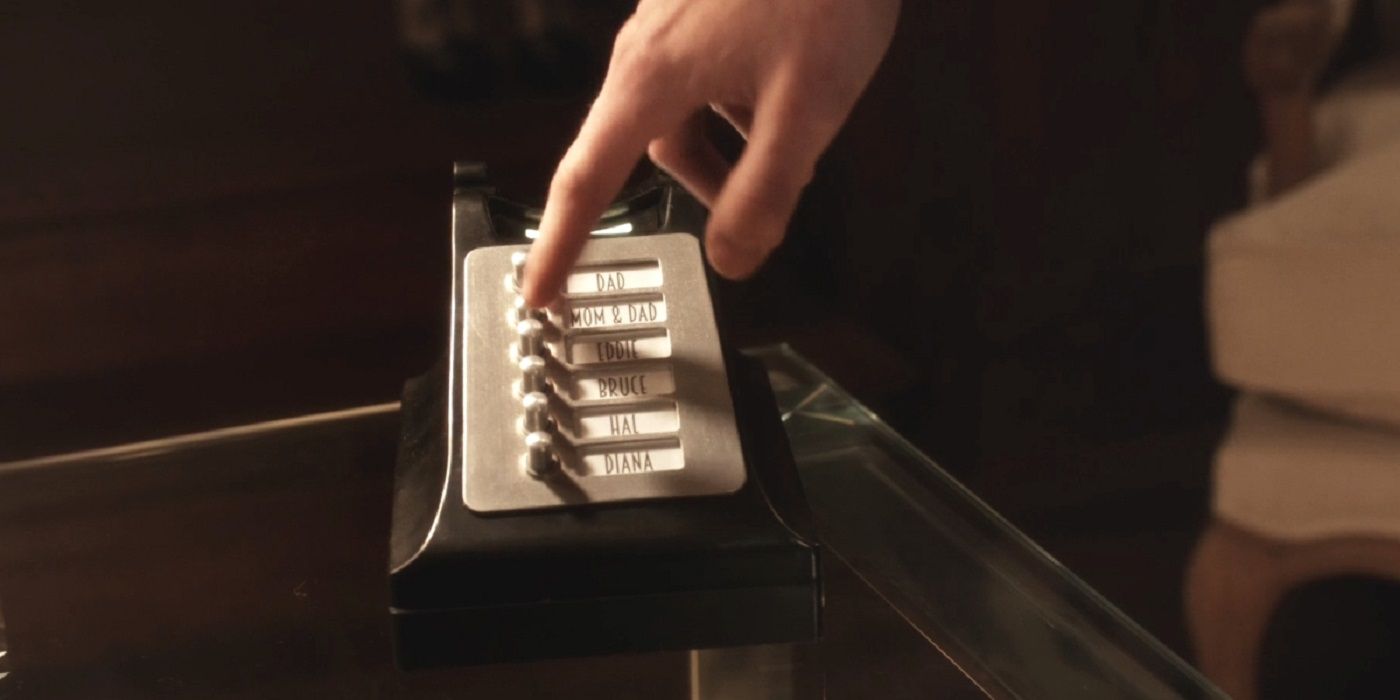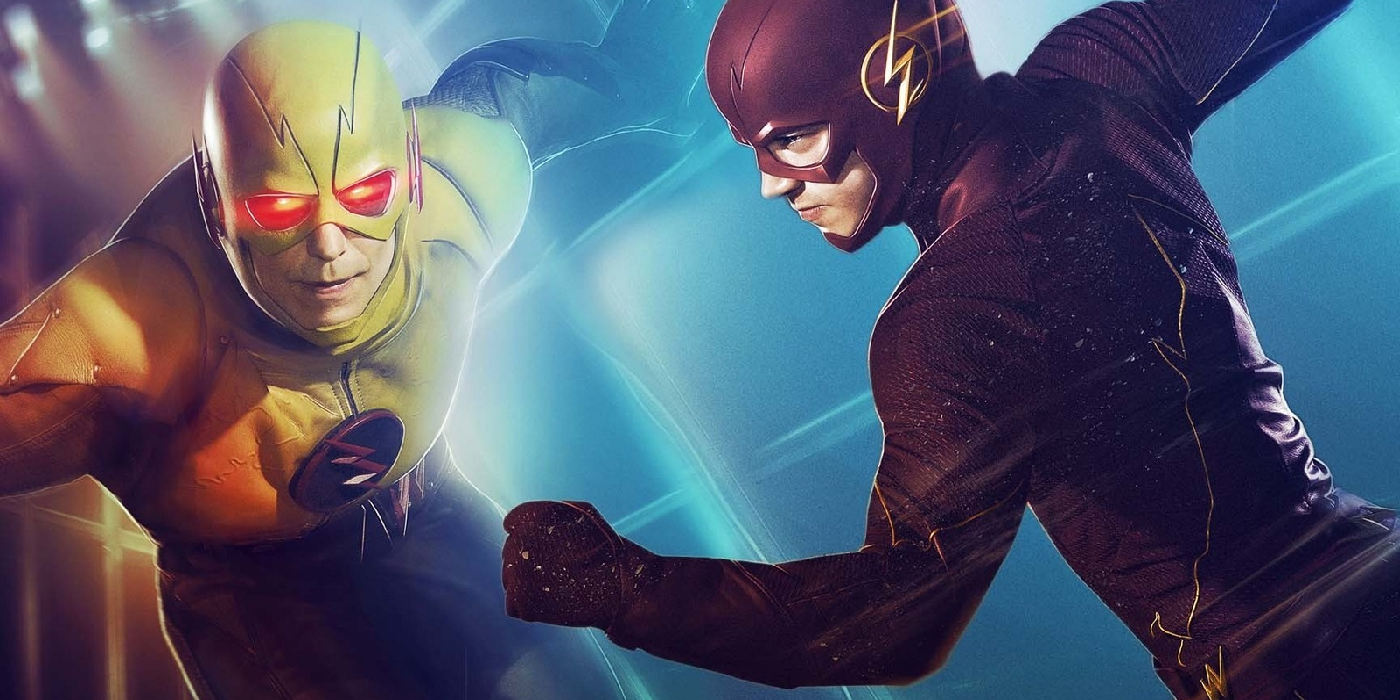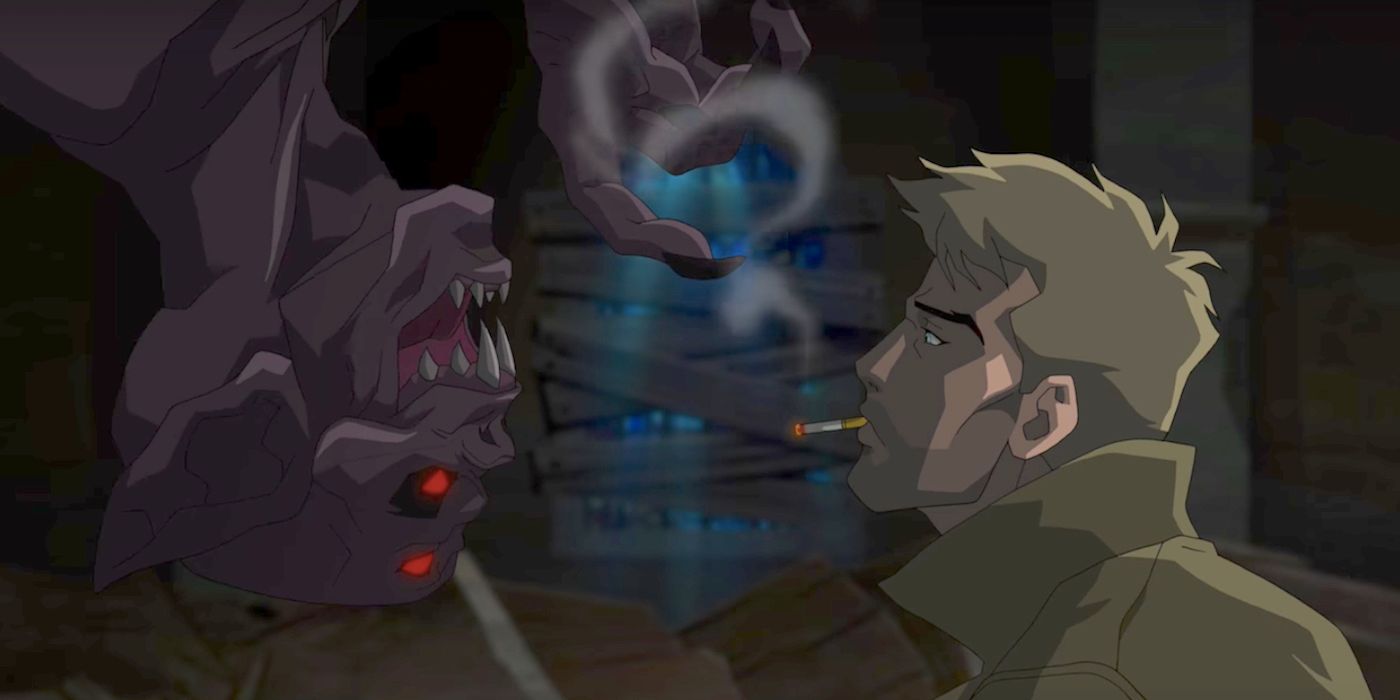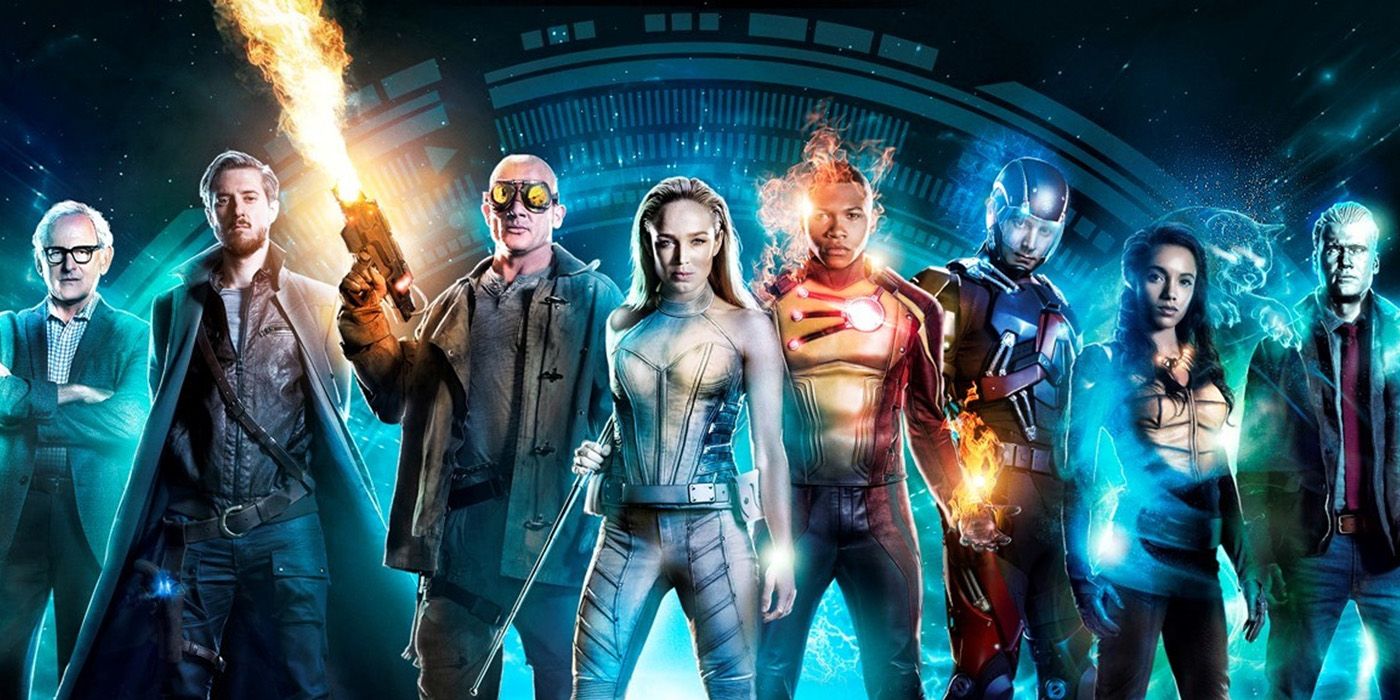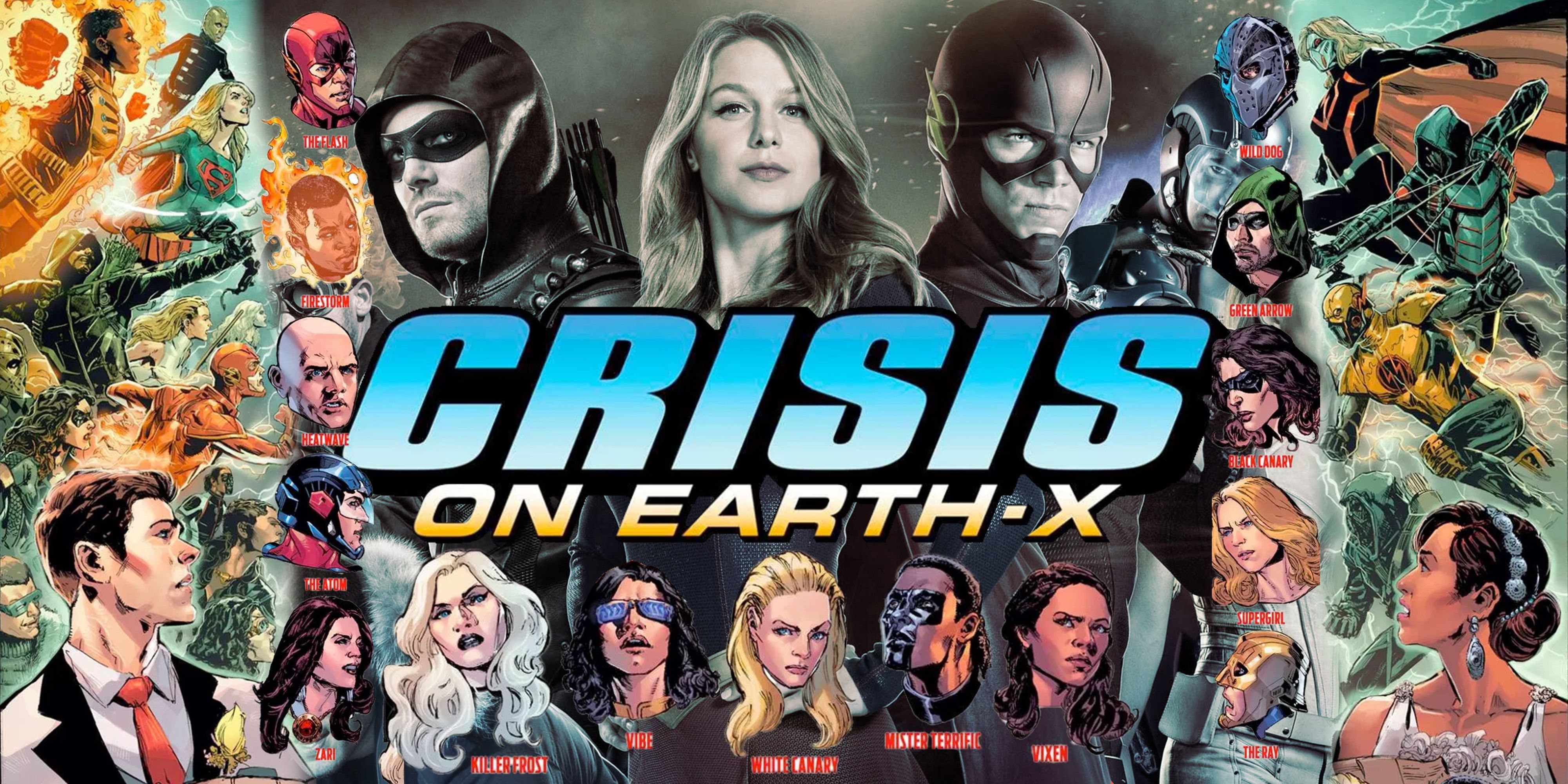The Arrowverse has aired over 250 episodes across four titles spanning two networks. The shows's heroes have created new timelines, visited dozens of eras, discovered alternate realities and introduced a multitude of doppelganger characters.
In other words, this on-screen franchise has created a true DC style multiverse where anything can happen and often does. When you factor in Supergirl's network switch from CBS to The CW and mixed reviews across all shows, it isn't hard to imagine why even the most die-hard fans get confused.
But is the confusion merited? Does a complicated Arrowverse mean a convoluted one? And if so, are ratings impacted by that confusion?
The 2017 Arrowverse premieres noted a drop in viewership totals for three of the four franchise titles - Legends of Tomorrow was the exception. While a ratings drop may often reflect a decline in interest, there seem to be declining ratings in TV premieres across the board this fall.
The bottom line is whether you love the Arrowverse or hate it, you have likely heard several conflicting theories about the franchise. Here are 15 Things Everyone Gets Wrong About The Arrowverse.
The Flash Timelines
The Flash timelines might seem confusing, but they're not. Let's just say "they're complicated", like Barry's relationships. The good news is they can be easily explained in retrospect.
The pre-show timeline referenced in season 1, episode 20 is the original timeline where Barry became The Flash in 2020. He and Iris are married, Caitlin is Killer Frost, and Bruce Wayne exists. The first alternate timeline (ATL), shows Eobard Thawne traveling to the year 2000, where he sets in motion the events that unfold in seasons 1 and 2.
ATL-2 occurs in season 1, episode 15 when Flash time travels to save Central City from a tsunami. ATL-3 shows Flash time traveling to save other heroes in season 4, episode 8 of The Arrow. ATL-4 results in Pied Piper switching sides, bringing us to Flashpoint.
At the end of season 2, Barry saves his mother, creating a new timeline where Wally is killed. Upon realizing his mistake, he attempts to correct the timeline, resulting in the current post Flashpoint ATL.
Rip Hunter Isn't A Doctor Who Knockoff
As a former Time Master, Rip Hunter is often compared to Doctor Who. After all, they both sport a fashionable overcoat and pick up hitchhikers. Unfortunately for the Legends of Tomorrow, Rip didn't come to fame until The CW put him on-screen. As a result, many blogs write him off as a second rate Doctor. In reality, his character predates the illustrious Doctor by 4 years.
Dubbed as Rip Hunter; Time Master, he debuted in Showcase #20 (1959). Doctor Who was first conceived and pitched as a BBC television show in 1962. After initial rejections, the show was created in 1963.
Interestingly, Doctor Who's ship was originally written with a chameleon switch to blend in with its surroundings, much like the Legend's Waverider. We saw a camouflaged Waverider in season 1, episode 4 of Legends of Tomorrow. However, it was cost prohibitive to make the Tardis change design in every show so they decided on a "stuck switch", giving us the iconic police box we now know and love.
The Science Behind The Flash Isn't Terrible
The first rule for making a story believable is having it make sense within the context of the world in which it is written. No, we will probably never see a man run at the speed of light. But the science behind The Flash doesn't depend on us seeing a speedster move in next door. The science asks "what is required for such a man to exist?" And the show does a fair job of answering that question.
Season 1 taught us Flash can't support his heightened metabolism on a regular diet. He has to eat the equivalent of 850 tacos or 150,000 calories per day. The Flash's Super Sonic Punch is easily backed by Newton's Second Law of Motion, force equals mass times acceleration (F=MA). And let us not forget his suit which is made of heat and flame resistant materials for good reason. We have long known that friction creates enough heat to burn regular materials.
Supergirl's strength isn't in her muscles
From the show's 2015 premiere to the second season's finale last spring, Supergirl has continuously conveyed a feminism-positive message. The premiere episode practically opened with a woman empowering speech as Cat Grant re-framed the word “girl” with a single quote: "And what do you think is so bad about Girl? Huh? I'm a girl. And your boss, and powerful, and rich, and hot and smart. So if you perceive Supergirl as anything less than excellent, isn't the real problem you?"
Since day one, Supergirl (Melissa Benoist) has managed to maintain a more balanced career, home life, and relationship status than any on-screen hero in history. But her most telling strength is seen in season 2's finale when Supergirl chooses to give up her love interest to save the Earth.
Even after defeating Superman in a fight, this sacrifice defines Supergirl in a way muscles never could. Superman acknowledges that strength, telling Supergirl he doesn't think he would have been strong enough to make that choice.
Arrow Didn't Stray From His Comic Book Counterpart When Killing People
Do superheroes kill? This has been the question on everyone's mind since the Arrowverse began. Oliver literally began his shoot-to-kill policy the moment he picked up a bow, causing a great deal of controversy among fans. Yes, most DC heroes follow a moral code which prohibits killing, but that code doesn't mean it never happens.
While Green Arrow's on-page counterpart has struggled with the idea of using lethal force, he too has killed people. The first time he took a life was seen in The Flash Vol 1 #217. His hand accidentally slipped at a crucial moment, resulting in a fatal shot. The incident set him on a journey of self discovery but did not stop him from willfully killing when necessary. Sometime later, a man named Jankowski kidnapped and tortured the Black Canary and Oliver shot an arrow through the man's chest to save her life.
Black Lightning Won't Be In The Arrowverse
Forums started buzzing with potential crossover theories the moment CW executives announced Black Lightning. But we have to remember, DC characters span an entire multiverse. Yes, Supergirl exists in an alternate reality and is still part of the Arrowverse. However, the CW's creative team is dealing with a veritable nightmare of coordination efforts managing 4 interconnecting shows with seasonal 4-way crossovers.
To that end, CW Chief Mark Pedowitz was very clear about Black Lightning's separate placement telling reporters the show will not be part of the Arrowverse. He went on to say: “We believe we have the best superhero programming around anywhere. Our belief is that we will never have more than four DC shows running at a time, as far as that goes, so we’ll always have a rotation of some sort.”
The key word here is rotation. While Black Lightning isn't currently in the Arrowverse, the show could rotate in at some point.
Captain Cold And Heat Wave Aren't the only bad guys to go good
A lot of viewers have questioned the validity of putting Captain Cold and Heat Wave on the Legends of Tomorrow team. But is it really hard to imagine bad guys turning good and good guys going bad? Comic books have a long history of aligning the interests of heroes and villains. Many characters have even switched sides entirely. After all, the world isn't black and white.
DC's history is ripe with dynamic, villain-turned-hero characters - Plastic Man and Catwoman are chief among them. Then we have Lex Luther, who is not only one of DC's most dangerous villains, but also one of its most complex. He has often played both sides of the field and he always thinks he is right, which makes him dangerous. When push comes to shove, Lex will do anything to protect the Earth whether it be as a villain, a hero, or as President of the United States.
The Arrow Didn't Abandon His Original Mission
In season 1, Oliver's main focus was to clean up Starling (Star) City by taking out the people who had failed it. With a list of names provided by his father, he eliminated perpetrators one at a time, crossing them off the list. When his adversaries became more complex and harder to hunt, he aligned himself with his very own "woman in the chair" and eventually established "Team Arrow". As is often the case with a collective community, The Arrow soon found himself dealing with collective opinions.
Fast forward to season 6 and Team Arrow has gone through multiple incarnations while fighting a multitude of non-listers such as Slade Wilson and The League of Assassins. Oliver has also taken up residence in the Mayor's office, extending his reach to fight corruption from within.
While fans have noticed a change in methodology, The Arrow's goals remain unchanged. In one form or another, he intends to clean up the city he loves.
Supergirl Isn't A Failure
Supergirl first started receiving bad press during season 1, most notably after CBS announced the show's transfer to The CW. Viewers and fans immediately assumed the show was performing poorly, when in fact, Nielsen reflected a live-plus-7 rating with an average of 10 million viewers per show. According to CBS President Glenn Geller, Supergirl's ratings did reflect a strong beginning with slightly declining ratings. But if the CW hadn't made a deal to take the show on for a second season, CBS may have committed to do so.
Overall, both CBS and sister network, The CW (CBS-Warner) felt Supergirl was a better fit as part of the Arrowverse. And few people would argue that point after seeing the network's 4-way crossover events.
Meanwhile, Supergirl has become one of the highest critically rated shows on television garnishing a 100% Tomatometer for season 2. It is important to note that season 3 has dropped to 92%, but that's still a fantastic rating.
Malcom Merlyn Is Misunderstood And Underrated
John Barrowmanhas always considered Malcolm Merlyn to be a misunderstood hero. When CBR News asked him to clarify his viewpoint, he responded with the following statement: "Malcolm has everyone’s best intentions at heart, although he might not go about what he does in the proper way. I would also argue that statement because everything that Malcolm Merlyn has done, if you go back and look at it, Oliver Queen has done it, too. Oliver has manipulated people. He’s held people hostage. He’s either killed or injured people to facilitate his own agenda or to help others. That’s exactly what Malcolm Merlyn does".
In addition to being misunderstood, Malcolm has experienced a lot of set backs. He is a master strategist who has sometimes been used as a pawn and that makes him underrated. His failures have always come hand in hand with his split loyalties. If he were of single purpose, without a daughter, he wouldn't be taking a back seat to characters like Damien Darhk.
Batman won't be in the Arrowverse Anytime Soon
Every time we see a Bruce Wayne, Gotham or Batman Easter egg in the Arrowverse, the forums light up. But Batman isn't really a feasible Arrowverse candidate at the moment. As mentioned above, The CW team has enough on their plates managing 4 shows at once. And remember, we aren't just talking about 4 shows, we are talking about 4 shows which traverse time, space, and dimensions. It practically takes an army of network superheroes to manage the Arrowverse in its current state.
In addition, Fox is currently airing Gotham and has been parading Batman's rogue gallery through an ever growing roster of episodes. After 4 seasons, there doesn't seem to be an end in sight. And that means The CW isn't likely to pick up the Batman's cape and cowl anytime soon.
The Flash Wasn't The Fastest Man Alive Until Season 4
Unless you use the skip-intro option on Netflix, you have likely endured The Flash's intro statement around 70 times and possibly even questioned why Barry keeps claiming to be the fastest man alive. Seriously, the first 3 seasons were littered with faster speedsters including The Reverse Flash, Kid Flash, Savitar, and more. Anybody with super speed automatically ran faster than him.
But season 4 is taking a new direction. Both viewers and showrunners are tired of speed racing and ready for other challenges. Flash has been freed from the Speed Force and is faster than ever, there are no other speedsters to fight, and Wally confirmed he can no longer match Barry's pace.
Interestingly, this development is in step with DC Comics. The newest on-page Barry Allen is not only the fastest man alive; he actually generates the speed force. It isn't out of the question to expect that storyline to be mirrored in the show.
Arrowverse has affected DC Comics and beyond
Fanboys (and girls) have often complained that the DCEU ignores the Arrowverse. In part, that is the beauty of an infinite multiverse. Unlimited possibilities create limitless story options. And in truth, the DCEU doesn't have to acknowledge the Arrowverse to validate it. On the contrary, The CW's presence is spreading across more of the DC franchise than most people think.
We have seen Arrowverse costume designs reflected in the Injustice 2 game developed by NetherRealm Studios. The shows have inspired comic book titles including the Adventures of Supergirl, Flash Season Zero, and Arrow: The Dark Archer.
Also two new Arrowverse inspired animated shows will be coming to the CW Seed, so keep an eye out for the premieres of Constantine and Freedom Fighters: The Ray. The Ray will also be making a live-action appearance in 2017's fall season Arrowverse crossover event.
Quantity over quality
Arrowverse fans have complained about throwaway characters. The idea being that if Blackout is a cool villain for The Flash, why kill him off? Or if Hawkgirl is a good addition to the Legends, why not keep her? Well, DC is diverse and ripe with tens of thousands of characters.
In reality, we are currently looking at a 4-show Arrowverse line-up with a potential lifespan averaging between 100-200 episodes. And if we want to see long term success with these shows, the right balance between character development and variety needs to be meticulously managed. The question you have to ask is whether it is more important to focus solely on a few characters or to expand their character line-up.
The Legends of Tomorrow Ties the Arrowverse together
The Flash introduced Supergirl to the Arrowverse and Arrow started everything. So where does that leave The Legends? Comprised of characters from two of the aforementioned shows, a newbie called Steel, and DC's own time master, the Legends provide cohesion. Unlike Barry, they have almost limitless access to the time stream without fearing the Wraiths. That said, the team is in a prime position to correct any timeline flaws at will. Whether they luck into those corrections is another matter altogether.
The Legends of Tomorrow season 4 premiere revealed Rip Hunter's new government sanctioned Time Bureau, to whom the Legends now report. And in typical Legends style, the presence of a governing body causes chaos and descent within the group.
The question is whether that chaos and the Legends's new unnamed foe will contribute to this year's crossover event, Crisis on Earth X, a title which is purposefully similar to the DC Comics crossover Crisis on Infinite Earths.
---
What else do fans get wrong about the Arrowverse? Let us know in the comments!

